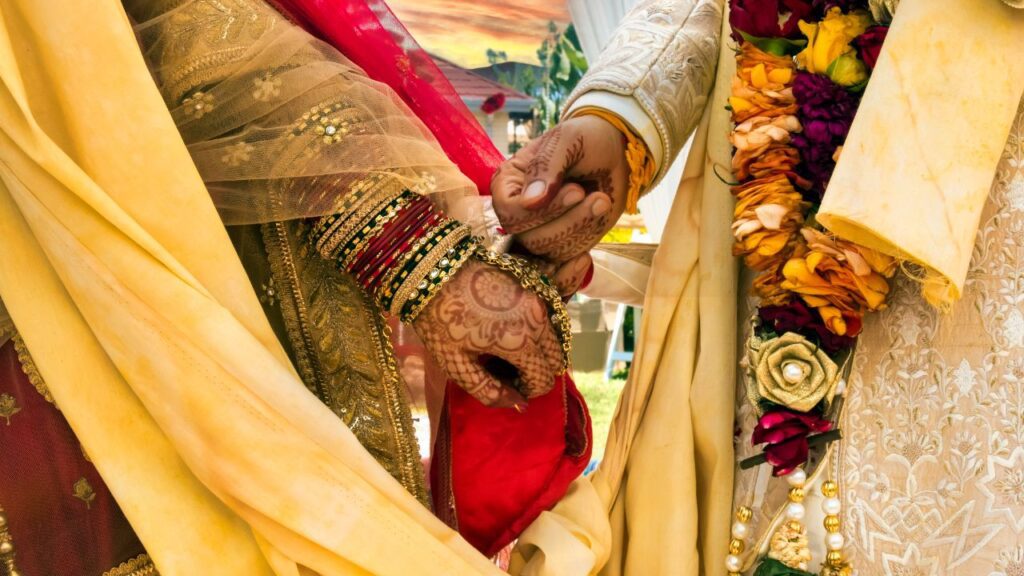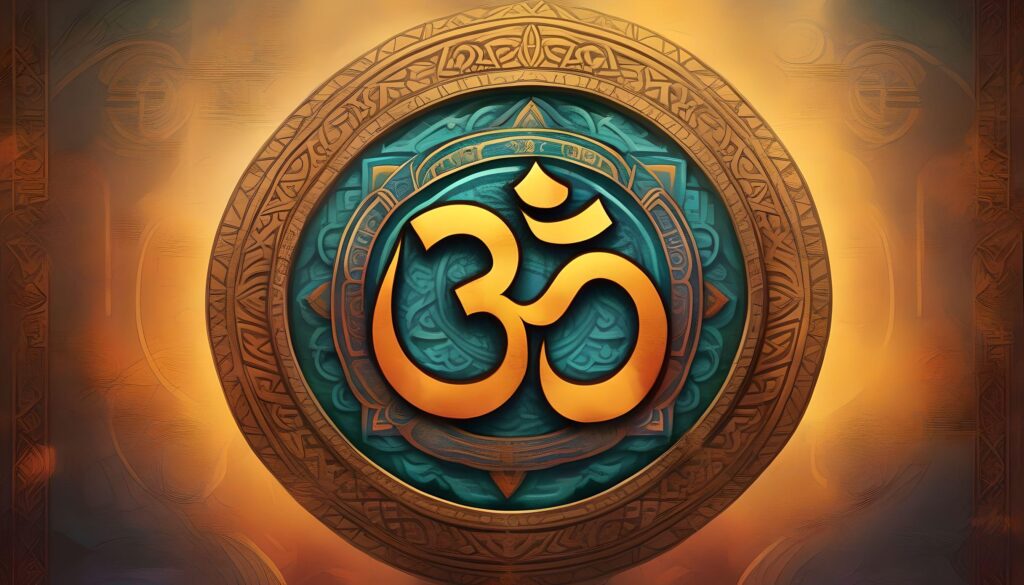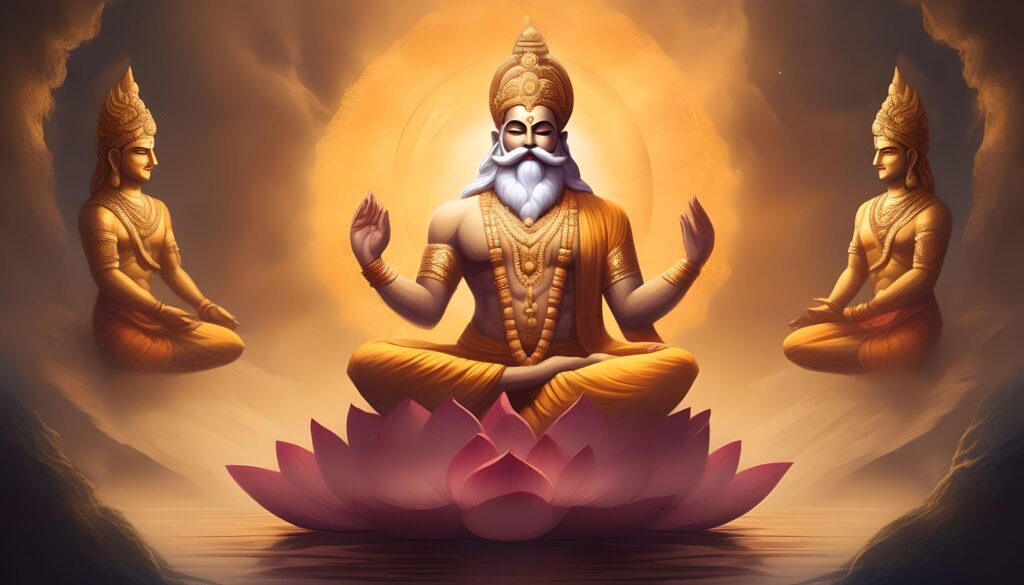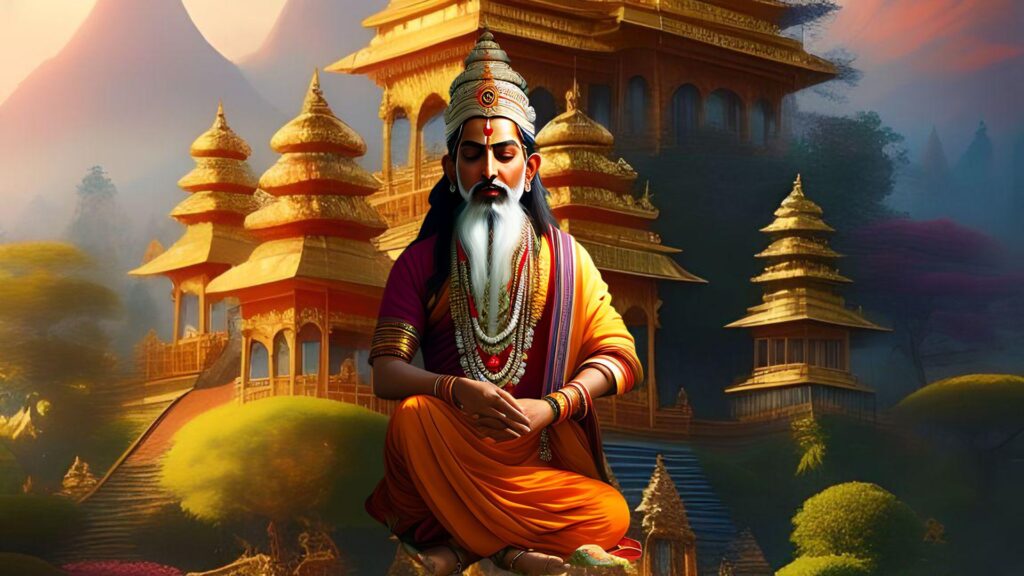Saptapadi: The Sacred Seven Steps of Hindu Marriage
Introduction
In Hindu culture, marriage is not merely a union of two individuals; it is a sacred bond that transcends this existence. The wedding ceremony is replete with rituals and traditions, each of which is deeply significant and serves as a representation of the couple’s dedication to one another. The Saptapadi, also referred to as the Seven Steps, is one such ritual. It is symbolic of the couple’s journey as they begin their married existence that they take these steps together.
What Does Saptapadi Mean?
The symbol Saptapadi, which is derived from the Sanskrit words “sapta” meaning seven and “padi” meaning steps, symbolizes the seven vows or commitments that the couple makes during the Hindu wedding ceremony. In the presence of Agni, the sacred fire, these vows are taken as a testament to their dedication. Each step symbolizes the responsibilities they assume as partners and represents a distinct aspect of their married existence.
The Significance of Saptapadi
The Saptapadi is of great importance in Hindu nuptials, as it embodies the essence of a successful and harmonious union. It is a representation of the union of two spirits, their dedication to mutual support and affection, and their shared ascent toward spiritual development. The couple promises to maintain these vows throughout their married life and requests the divine’s blessings while taking these steps.
The Legend of Saptapadi
The tradition of Saptapadi, like many rituals in Hindu culture, is based on primordial legends and mythology. Savithri and Sathyavan is an example of such a narrative. After the death of Sathyavan, her beloved spouse, at a young age, Savithri pursues Yama, the God of Death, in order to retrieve his soul. She declares that they have already completed the seven steps of marriage as she walks alongside Yama, rendering her his eternal companion. Yama restores her husband’s life in recognition of her devotion and wit. This narrative underscores the sacred nature of the seven stages and the unbreakable bond they establish.
The Seven Vows of Saptapadi
The Saptapadi is composed of seven oaths, each of which symbolizes a critical component of a successful marriage. We should delve into the specifics of these vows:
1. Vow of Nourishment
The couple commits to providing each other with the fundamental necessities of existence, such as emotional support, financial stability, and food, in the initial phase. They commit to supporting and nourishing one another, guaranteeing their overall health and happiness.
2. Vow of Health
The couple’s mental and physical health is the primary focus of the second step. They commit to ensuring the well-being of each other by praying for fortitude and vitality. This pledge underscores the significance of providing mutual support and encouragement during periods of illness and wellness.
3. Vow of Prosperity
Prosperity and success are the primary objectives of the third phase. The couple desires blessings for a prosperous existence, both in terms of material possessions and spiritual growth. They have committed to collaborating to achieve financial stability, and they will share their wealth and support each other’s aspirations and ambitions.
4. Vow of Love and Harmony
The fourth step is a representation of harmony, affection, and companionship. The couple pledges to remain by each other’s side through thick and lean, demonstrating love and affection. They are committed to establishing a robust and nurturing relationship that can endure any adversity.
5. Vow of Growth and Learning
The couple’s dedication to intellectual and personal development is symbolized by the fifth step. They commit to learning from one another, incorporating each other’s viewpoints, and developing in tandem. This pledge underscores the significance of shared development, continuous learning, and mutual respect.
6. Vow of Family and Responsibility
The couple’s obligation to their families and society is the primary focus of the sixth step. They promise to provide support and care for their parents, nurture their children with love and values, and contribute to the well-being of their community. This pledge underscores the significance of social responsibility and family values.
7. Vow of Spiritual Unity
The couple’s spiritual voyage is symbolized by the seventh and final step. They pledge to pursue enlightenment and higher consciousness by leading a spiritual and sacred existence. This vow represents their dedication to accompanying one another on the spiritual journey.
Variations in Saptapadi Rituals
The ritual’s execution is subject to regional and cultural variations, despite the fact that the essence of Saptapadi remains constant. Saptapadi is a traditional practice in South India that has been observed for centuries. During this ceremony, the couple walks around the sacred fire for seven steps. The ritual is referred to as Saat Pheras in North India, and it involves the couple walking around the fire seven times. In Gujarati weddings, the couple completes the ritual in four cycles, each representing righteousness, wealth, love, and liberation.
Conclusion
The Saptapadi is a sacred and gorgeous ritual that encapsulates the essence of a Hindu marriage. The couple makes profound promises to each other through these seven stages, promising to love, support, and cherish one another for a lifetime. It is a commemoration of spirituality, development, and unity, which establishes the groundwork for a robust and significant marital relationship. The Saptapadi serves as a reminder of the profound bond between husband and wife and the commitment they share as they embark on this voyage.
Please bear in mind that the Saptapadi is not merely a ritual; it is a lifelong dedication to the preservation and honoring of these sacrosanct vows. May the path of every married couple be illuminated by these seven stages, bringing love, happiness, and harmony into their lives.
Additional Information:
- The Saptapadi ritual is conducted in the presence of Agni, the sacred fire, which represents divine energy and purity.
- The couple’s unity and togetherness are symbolized by the way they grasp each other’s hands or tie their garments together with each step.
- The Saptapadi vows are witnessed by the elders, Pancha Tatva (the five elements), and demi-gods, who bestow their blessings on the couple for a life of prosperity and blessing.
- The Saptapadi ceremony is frequently followed by additional rituals and traditions, such as the exchange of garlands, the tying of the Mangalsutra, and the benediction of the elders.
- The Saptapadi vows are not merely a one-time commitment; they serve as a reminder of the couple’s obligations to society, their families, and each other throughout their marriage.








